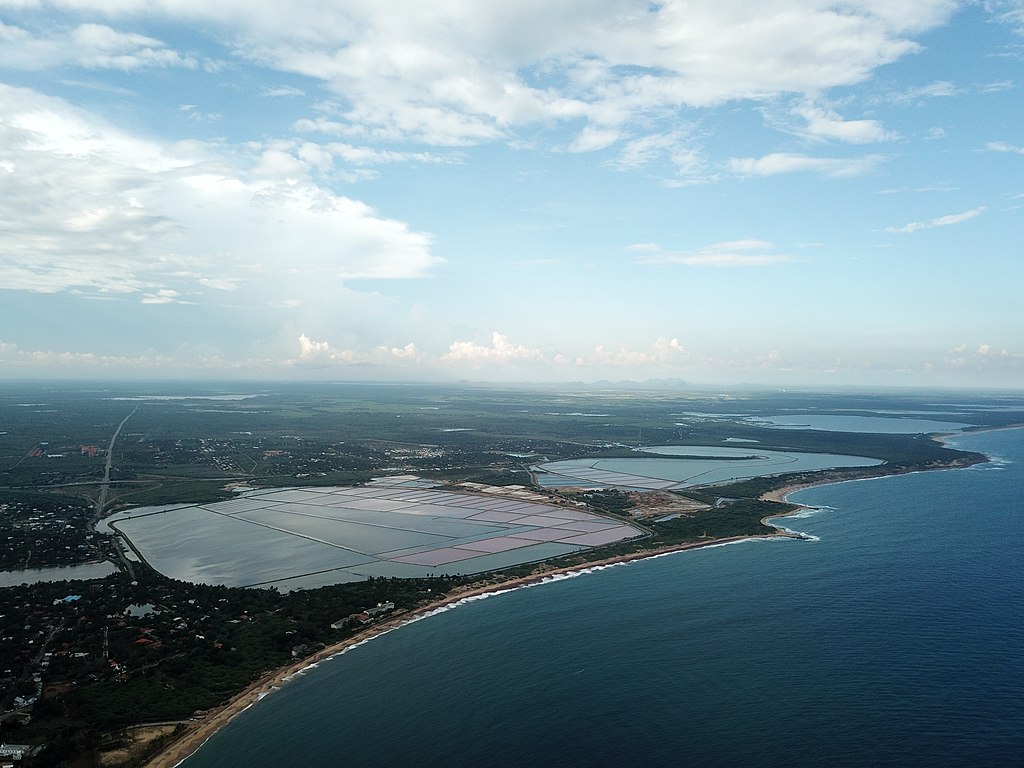Sri Lanka runs out of salt sparking controversy over salt mine management
The government in Colombo has run for cover by buying 35,000 tonnes from India, but in many areas of the country prices have skyrocketed and bad quality salt is being sold. The producers justify themselves with the floods, but workers and nutritionists recall that not even the tsunami 20 years ago led to such a crisis.
Colombo (Sri Lanka) - Sri Lanka is grappling these weeks with a salt shortage that could last for weeks. Workers at the Hambantota salt factory (in the Southern Province) believe the situation could go on until the end of the year and attribute the shortage to political interference.
They claim that the hasty sale of the stocks held by the salt works to the private sector contributed significantly to the current shortage. The government has decided to import 35,000 tonnes from India, a measure to alleviate the crisis, but one that is not certain to be enough to completely meet the national needs.
Meanwhile, there is a shortage of table salt in many areas and shops are distributing salt packets to consumers at exorbitant prices. Several food outlets in various parts of the country, especially those located in urban areas, have stopped selling food due to the shortage of rice and salt.
The domestic salt industry, led by Lanka Salt Limited, usually produces 135,000-140,000 metric tonnes per year, meeting 60-65% of domestic demand.
Although the Hambantota Salt Works currently has no surplus reserves, about a year ago it had the capacity to supply salt all year round without incurring shortages. Besides the Hambantota salt works, there are two large salt works in Koholankala and Palatupana. The annual turnover from salt sales is about 1,500 million rupees.
Nutritionists Kelum Maddumage and Ashvini Caldera complain to AsiaNews that ‘the current production standards of “Lak Lunu” (the brand name under which it is sold by Lanka Salt Limited ed.) are far from satisfactory.
Dust, shells and other impurities are mixed with the salt from the Hambantota salt works and affiliated salt works. The salt is placed on the market without proper inspection, which has led to the withdrawal of the ISO 20,000 certification due to substandard quality'.
‘Although some attribute the decrease in salt production to the recent floods, during an on-site visit to the salt works a few days ago, we found that none of the salt pans were flooded,’ the nutritionists continue.
‘Therefore, this claim is unfounded, since even during the tsunami disaster, when the Hambantota salt works were closed for six months, the country did not have to import salt using the stocks in the warehouses.
According to employees, the main cause of the salt shortage is attributed to administrative shortcomings and the absence of salt production at the salt pans in 2023. Generally, salt production takes place in March-April and October-November, respectively. Once started, the production process naturally continues to produce the salt the country needs. Any surplus production is stored for future use,' emphasise Kelum and Ashvini.







.png)










